
When we think of the world’s most dangerous creatures, our minds naturally gravitate toward the deadliest predators or most venomous animals—sharks, snakes, or even the silent sting of a mosquito. We fear what lurks in the deep, what slithers in the shadows, and what hunts under the cover of night. Yet danger often comes from the most unexpected places, and sometimes, the greatest threats are much closer to home than we realize. The numbers are shocking, the statistics sobering, and the truth? Far more unsettling than you might imagine.
13. Sharks

Despite their villainous portrayal in Hollywood, shark attacks are surprisingly rare. The U.S. averages just 16 attacks annually, with only one fatality occurring every two years. Most of these attacks involve surfers, often mistaken for seals, as demonstrated in a fatal attack near Santa Cruz, California. Sharks typically avoid humans, and the risk to swimmers is minimal. However, surfers, who often venture further into the water, remain at a greater risk. While sharks are powerful apex predators, their threat to humans is often overstated, especially when compared to other risks in the ocean.
12. Alligators

Alligators, despite their fearsome appearance, cause only about one death annually in the U.S. These large reptiles can grow to lengths of 9 to 16.5 feet, making them powerful predators in their native swamps, rivers, and marshlands in the Southern U.S. While alligators are less aggressive than crocodiles, they will attack if humans, especially small children, wander too close to water. Most attacks occur when people engage in activities like fishing or swimming in areas where alligators live. Though rare, these attacks can be fatal, as alligators have immense strength and speed in the water.
11. Mountain Lions
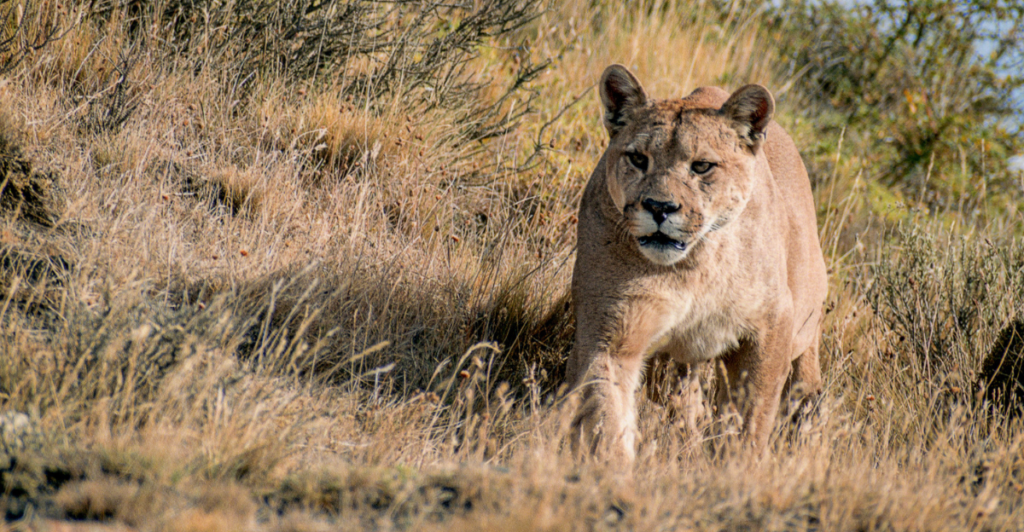
Mountain Lions, also known as cougars or pumas, have killed 27 people over the past century. These solitary and adaptable cats thrive in regions where prey such as deer and elk are abundant. While attacks on humans are rare, they can be deadly when they do occur. Cougars are skilled ambush predators, often striking quickly and dragging their prey to hidden spots. Attacks are typically seen in remote wilderness areas, though they can occur in suburban regions as urban sprawl continues to encroach on cougar habitats.
10. Wolves

With their shard-like teeth, piercing gaze, and ferocious nature, wolves have long been associated with danger. In the 16th and 17th centuries, wolf packs within Europe posed a substantial threat, with ten deaths reported in France alone. The gray wolf—the largest species within the wolf family—can weigh up to 90 pounds and hunts in packs of over 40, found primarily in North America, Alaska, and Canada.
While wolf attacks in North America remain rare, recent years have shown a slow but notable increase. Wolves, though naturally wary of humans, may overcome this fear after a period of acclimatization. Attacks are more likely when they operate in groups.
9. Coyotes
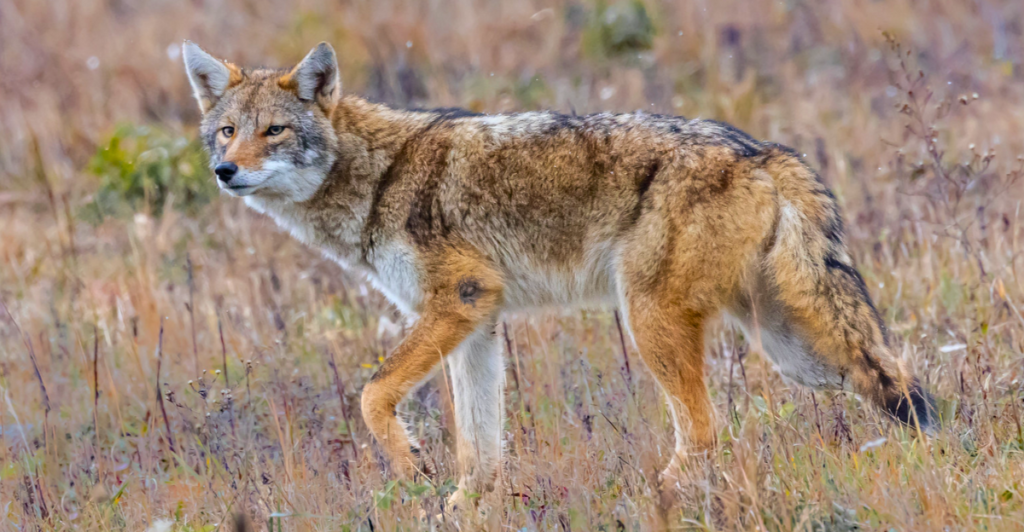
Coyotes, on the other hand, have been associated with more fatalities than wolves despite their smaller size. California leads in coyote attacks, with 160 incidents reported over a 30-year span. Small children are at the greatest risk, with multiple documented cases of coyotes attempting to snatch children under the age of 5.
8. Bears
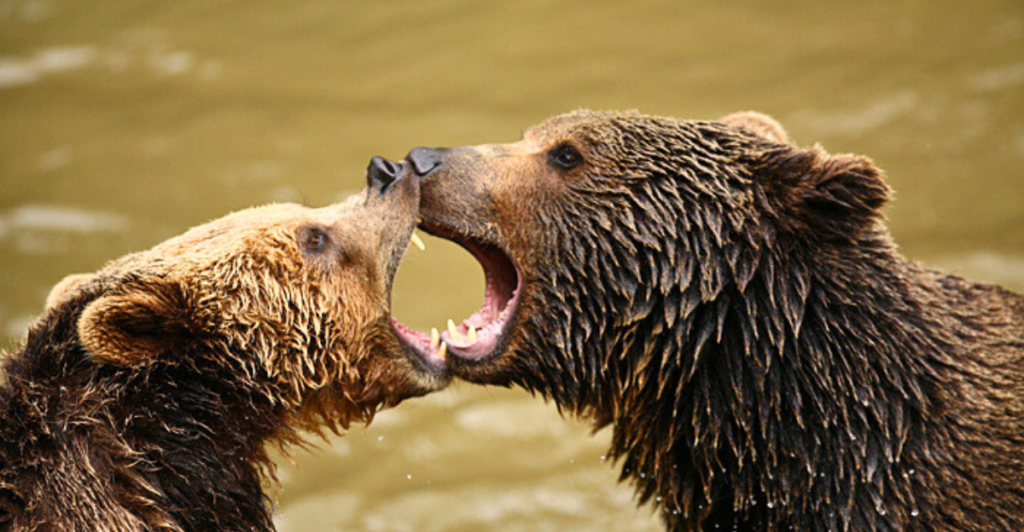
The U.S. is home to three species of bears: Black bears, Grizzly bears, and Polar bears. Of these, Black bears are the least aggressive, often retreating when confronted by humans. However, Grizzly and Polar bears are far more dangerous. In Grizzly bear encounters, experts recommend standing your ground and playing dead if charged. Polar bears, known for their territorial behavior, will rarely back down, and fighting back may be the only option in such a situation. Bears are more likely to attack when they feel threatened, especially when defending their young or food sources.
7. Venomous Snakes

The U.S. is home to 20 venomous snake species, including rattlesnakes, coral snakes, cottonmouths, and copperheads. Snake bites can be fatal if not treated promptly, as their venom may cause severe tissue damage, paralysis, or even death. Immediate medical attention is crucial, so if bitten, it is vital to remain calm, avoid moving the affected limb, and seek help quickly. Wearing protective boots while hiking in snake-prone areas can reduce the risk. While fatalities from snake bites are relatively rare, they do occur, particularly in rural areas where snakes are more prevalent.
6. Black Widow and Recluse Spiders
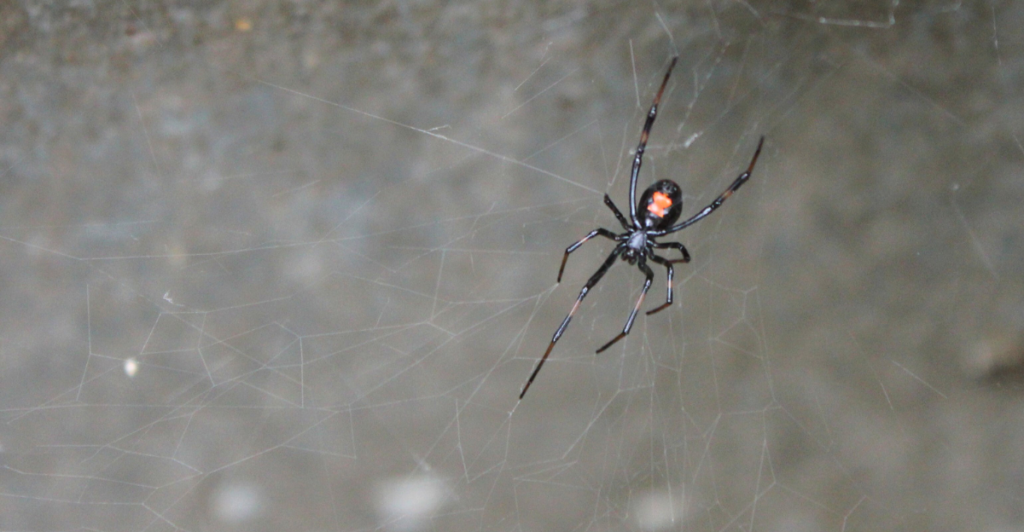
Out of the 3,000 known species of spiders in the U.S., only a few are venomous. The Black Widow and Brown Recluse spiders are among the most dangerous, with their bites causing severe reactions, especially in children, the elderly, and those with weakened immune systems. Black Widows are easily identified by their distinct red markings on the underside of their abdomen, while Recluse spiders are known for their violin-shaped markings. While bites from these spiders are uncommon, they can be deadly if not treated immediately, with symptoms ranging from intense pain and muscle cramps to systemic organ failure in severe cases.
5. Hornets, Bees, and Wasps
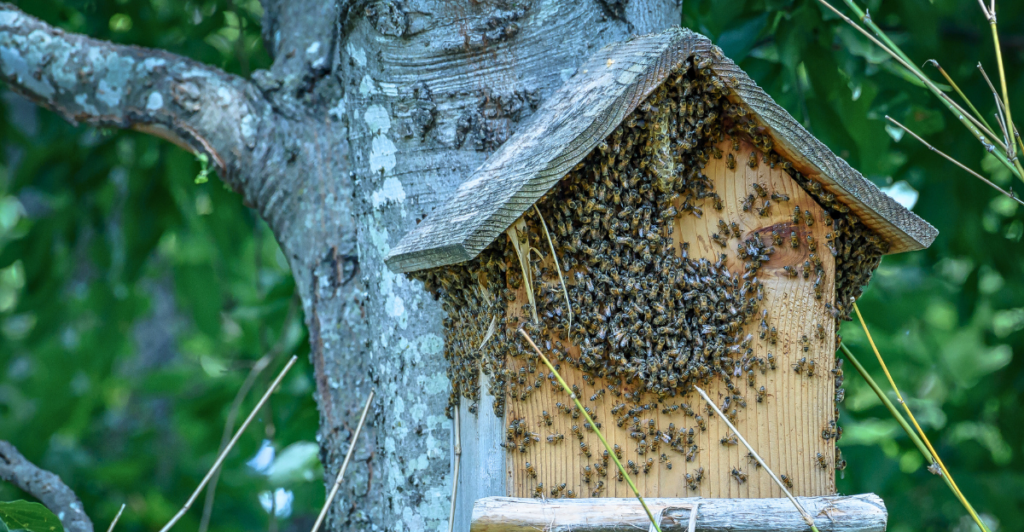
Flying insects like hornets, bees, and wasps are responsible for an average of 62 deaths annually in the U.S. Most of these fatalities occur due to allergic reactions to their stings, which can cause anaphylactic shock. Even individuals who have never had an allergic reaction may suddenly develop one. Insect stings can also cause severe pain and swelling, and multiple stings may lead to more serious health issues. Those who have severe allergies to these insects should carry epinephrine auto-injectors and avoid areas where these creatures are abundant.
4. Horses, Cows, and Farm Animals
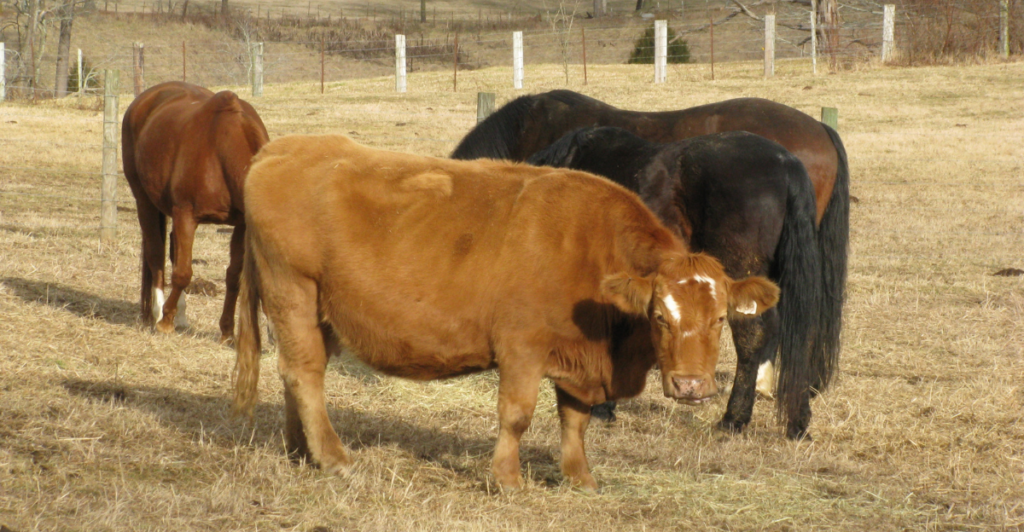
While farm animals are often seen as docile, they can be surprisingly dangerous. Horses can kick with great force, cows may stampede if startled, and goats can headbutt with power. Collectively, farm animals cause hundreds of injuries and deaths annually. The vast majority of these incidents happen when joggers, cyclists, or unsuspecting visitors come too close to the animals. In some cases, spooked herds can trample humans, causing fatal injuries. While these animals are typically not aggressive, their large size and strength make them capable of causing serious harm if provoked or startled.
3. Deer
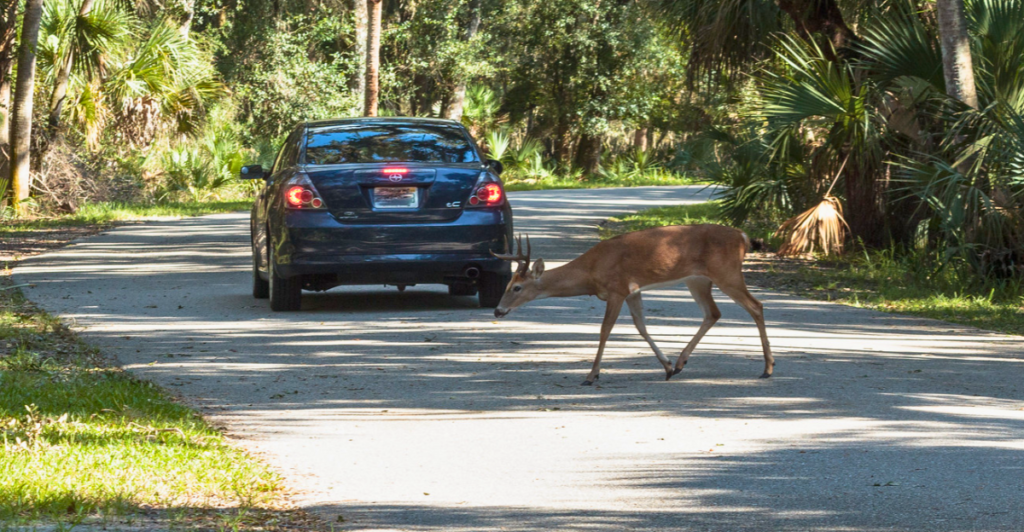
Deer causes thousands of car accidents each year, resulting in injuries and fatalities. In fact, California alone spends over $300 million annually addressing deer-related collisions. Most of these accidents happen during mating season when deer are more active and less cautious. Drivers in rural areas should remain vigilant, especially at dusk and dawn when deer are most likely to cross roads. In addition to collisions with vehicles, deer are also a common cause of farm crop damage, leading to further economic loss.
2. Dogs

While dogs are known as “man’s best friend,” they are also responsible for 5 million bites annually in the U.S., with 20% of those bites requiring medical care. Dog bites can lead to serious infections, including rabies, tetanus, and cellulitis. In rare cases, the bites can be fatal, particularly when the victim is a child or elderly person. Most bites come from unfamiliar dogs, often stray or unvaccinated. Though the majority of dogs are harmless, caution should always be exercised when interacting with unfamiliar animals, especially in areas where dog populations are unregulated.
1. Humans: The Deadliest Species

As surprising as it may be, humans are statistically the most dangerous species on the planet. Each year, humans cause far more harm to each other than any animal on this list. From homicides and wars to car accidents and acts of terrorism, human actions lead to millions of deaths annually. In fact, you’re far more likely to be harmed by another person than any of the animals listed here. The fact that we, as a species, are capable of inflicting such damage on each other makes us the most dangerous creatures of all.
Stay connected with us for more stories like this! Follow us to get the latest updates, or hit the Follow button at the top of this article, and let us know what you think by leaving your feedback below. We’d love to hear from you!







